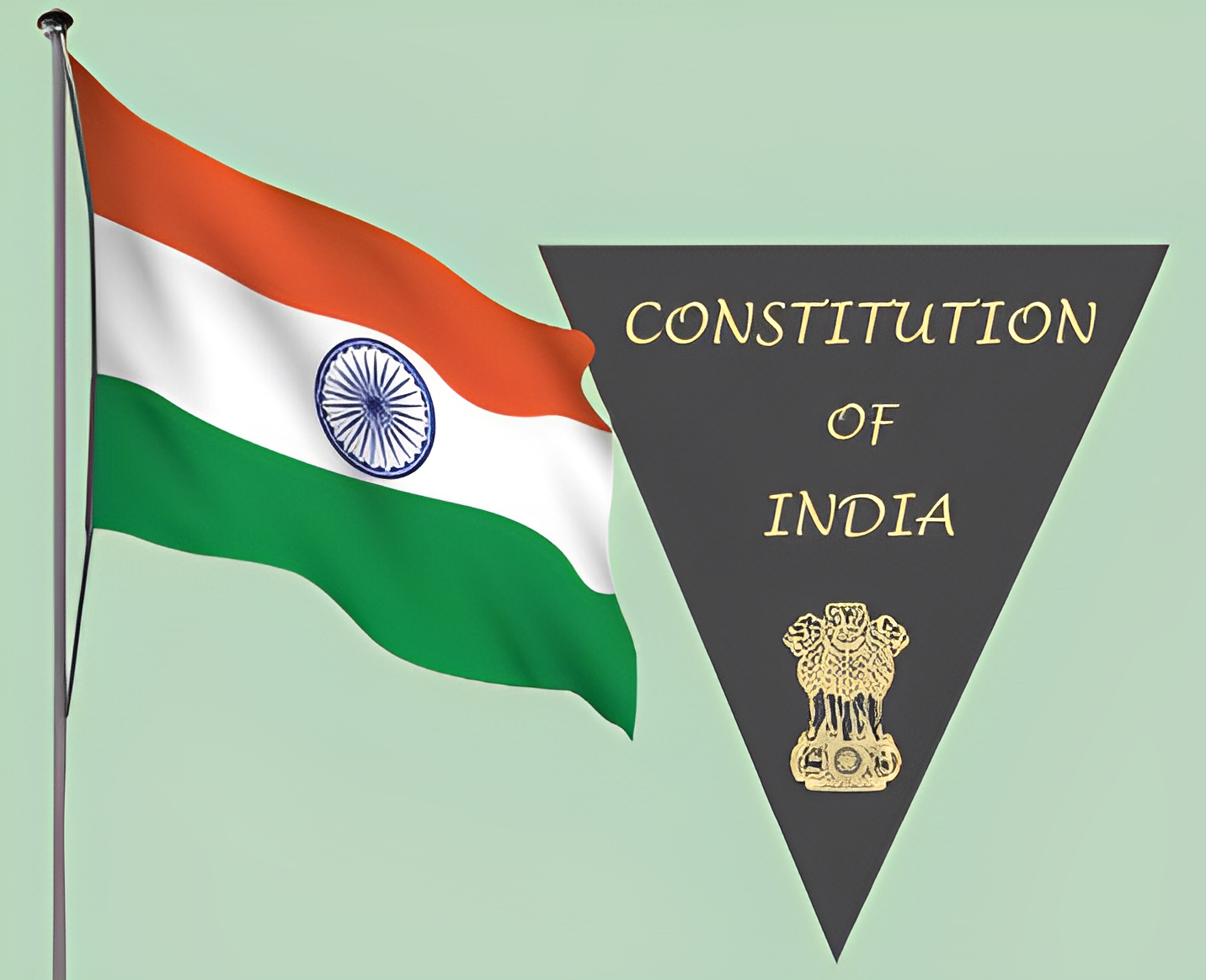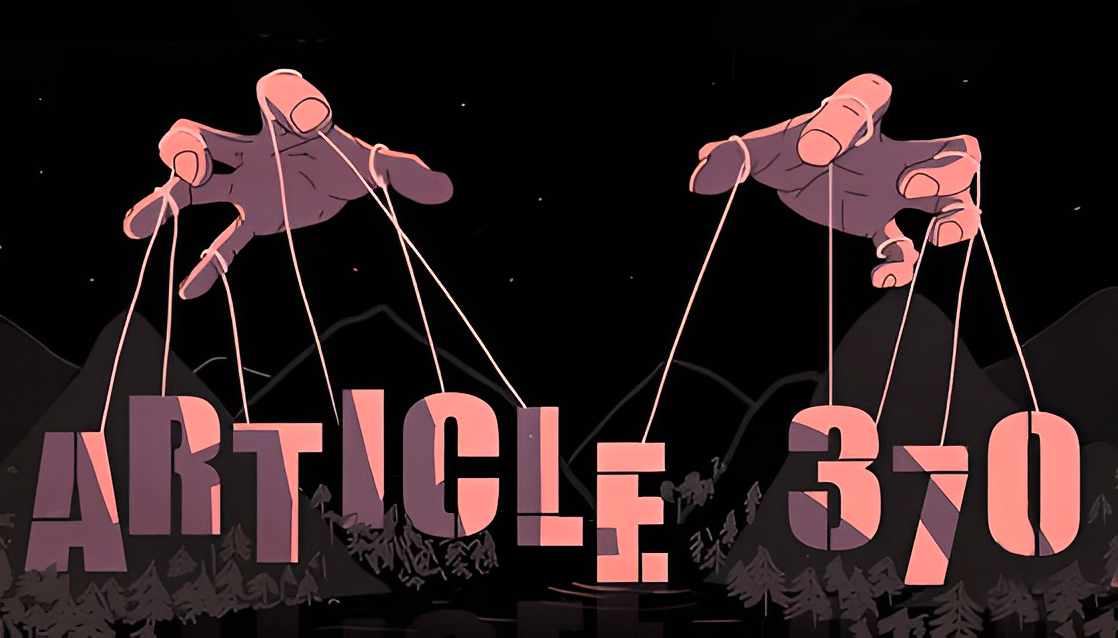
07-09-2023 (Important News Clippings)
To Download Click Here.
India that is Bharat
There is no need for one name to be given primacy over the other.
Editorial
India and Bharat have both evoked the same emotions among patriots for decades, but these labels of pride have now been weaponised for narrow political ends. The Bharatiya Janata Party government at the Centre has decided to use Bharat instead of India in some official communication and documents, a practice that its representatives say will now expand. ‘India, that is Bharat,…’ is how the Constitution of India names the country, and the use of one or the other has been largely contextual all this while. The cultural echoes of Bharat have never been in doubt, and the current hype around it is more about a campaign to discard the use of India, as if both cannot exist in harmony. India, according to this telling, is a foreign imposition, and hence unsuitable for national dignity. Bharat, linked as it is to various ancient sources, goes beyond the geographical and cultural landscape that constitutes the modern republic of India. In that sense, both names are an outcome of India’s nation-building journey. Labouring to tease out the foreign from the native in the expanse of this nation that hosts a multitude of ethnic, linguistic, and genetic diversity and that has been formed as a result of millennia of migrations and cross-currents of human interactions serves no purpose other than creating new flashpoints in society.
This farcical hubbub hoisted upon the country should have been allowed to dissipate and recede, but the knee-jerk reaction of the Opposition gave it the aura of a fundamental identity question before the nation. The Rashtriya Swayamsevak Sangh has been asking for privileging the use of Bharat over India for long, but the Opposition bloc’s decision to label itself INDIA as an acronym also might have influenced the BJP’s hurry in the naming exercise. Far from demonstrating a nation’s strength and pride, the government’s name game undermines the confidence and soft power of the nation. Bharat has been part of popular culture, political and cultural idioms, and literature across many Indian languages. Similarly, India is also used by millions within and outside the country who yearn for its progress. It is possible that contexts and constituencies of these proper nouns might vary, but that is the very reason to desist from attempting to impose the use of one and edge out the other. Whether it is India or Bharat, the essence of the meaning that it conveys remains the same. The needless juxtaposition of the two names should not affect the bonding of the inhabitants in the pursuit of a misplaced cultural combat. Let India and Bharat coexist as they have always been.
Date:07-09-23
India, Bharat and a host of implications
The tradition of using India in English and Bharat in Hindi is wise and constitutionally correct; why change it?
Vivek Katju is a retired Indian Foreign Service officer.

Keeping politics aside it would be useful to examine some of the other aspects, mentioned in the first sentence, to arrive at a degree of clarity on Bharat and India.
From the pages of history
A brief look at the controversy raised by the Muslim League over the name India in 1947 would be in order. The transfer of power from the British to Indian hands in 1947 was through the British Parliament’s Indian Independence Act of 1947. It created two dominions — India and Pakistan — and released the Princely States from British paramountcy, thereby, technically making them independent and sovereign. At the same time, the British advised the Princely states to join one of the two dominions. Most did so before August 15, 1947. Thus, two dominions came into being in what was British India and the Princely states in the sub-continent.
Pakistani leaders favoured that India should be named either Hindustan or Bharat. They argued that two ‘successor’ states had emerged from the dissolution of the British Indian empire: Pakistan and Hindustan or Bharat. India’s position was that it was the successor state to British India, in terms of international law, and that Pakistan had seceded from India. Hence, while India retained its international personality, including its membership of the United Nations (UN), Pakistan, as a new state created through secession, would have to take steps to acquire an international personality. The matter was finally decided in India’s favour, and Pakistan was compelled to take steps to establish its international status, including applying for a membership of the UN, which, incidentally, Afghanistan opposed.
India retained the name ‘India’ in all international and multilateral fora. Thus, the country’s international personality was and continues to be denoted by the word India. Generally, whenever the English language is used in international, multilateral or bilateral settings, the word India is used. The latest example is the Joint Statement issued on August 25 on Prime Minister Modi’s visit to Greece. It is available on the Ministry of External Affairs website and it is entitled ‘India-Greece Joint Statement’. The last sentence of this document says “Prime Minister Narendra Modi extended an invitation to Prime Minister Mitsotakis to visit India”. In letters of credence in English given by the President of India to Ambassadors-designate, under the lion’s emblem the words (in Hindi), Rashtrapati, Bharat Gantantra are written and under them the words President, Republic of India written in English. Thus, in Hindi, Bharat is used while in English it is India.
Under the 58th Amendment
For an authoritative background of the English and Hindi versions, it is best to turn to the 58th Amendment of the Constitution done in 1987. Its ‘Statement of Objects and Reasons’ mentions that “The Constitution of India was adopted by the Constituent Assembly in English. A Hindi translation of the Constitution, signed by the members of the Constituent Assembly, was also published in 1950 under the authority of the President of the Constituent Assembly in accordance with a resolution adopted by that Assembly”.
The 58th Amendment empowered the President to have published under his authority the authoritative text ‘in the Hindi language’ of the Constitution which could be used in the legal process too. Thus, the Hindi text of the Constitution published by the government following the amendment is ‘authoritative’.
The English language version of the Constitution is entitled “Constitution of India’ Its Article 1(1) is “India, that is Bharat, shall be a Union of States”. The primacy in this formulation is given to the word India. The Hindi version is titled ‘Bharat ka Samvidhan’. Article 1(1) in the Hindi version reads “Bharat artharth India, rajyon ka sangh hoga”. The word “artharth” means “that is”. Clearly, in the Hindi version, primacy is given to the word Bharat. The logic of the formulations has led to the practice of using the word India in the English language and Bharat in Hindi. That practice has prevailed in internal documents as well as international documents which are generally in English. Thus, the Gazette published in English is called the ‘Gazette of India’, and in Hindi it is ‘Bharat ka Rajpatra’.
It is true that the words India and its variants such as Hind in Arabic are of foreign origin. It is generally believed that these were used by foreigners to denote the land south and east of the Indus or Sindhu river. During Afghan and Mughal rule, the northern areas of the Indian subcontinent were largely referred to as Hindustan, and later the Europeans, especially the British, roughly referred to not only the northern region but also to all the subcontinent as India. However, for them, it was a geographical expression. The rise of a consciousness that all the people living in the Indian subcontinent constituted a single nation was a product of the Indian Renaissance; one of its streams sought ancient roots for Indian nationalism. That gave rise to the idea, especially among sections particularly devoted to the revival of India’s ancient civilisational past, that it was unacceptable that the country and nation should carry a name given by foreigners. For them the preferred word was Bharat with its variations in different languages. For others such as Netaji Subhas Chandra Bose, a syncretic word, perhaps acceptable to most people, including those believing in different faiths, was more useful. That word was Hind. It is used even today and the emotive expression “Jai Hind” is used by public personalities and the highest office holders. In her speech on Independence Day this year, the President of India, Droupadi Murmu, concluded by saying “Jai Hind, Jai Bharat”.
The risk of alienation
It is now clear that the Sangh Parivar and the Narendra Modi government wish to use the word, Bharat. Their preference for Bharat instead of the word India is clear. The use of the formulation ‘President of Bharat’ in the G-20 invitation is a giveaway. They may also begin to use ‘Bharat’ in the English language in the government’s internal documents. The problem is that they cannot do so internationally unless they officially change the country’s name to Bharat and drop India. By doing so, they may alienate parts of the country which prefer India to Bharat.
In any event, the tradition of using India in English and Bharat in Hindi is wise and constitutionally correct. Should its change be a priority now?
फैसले से उम्मीद
संपादकीय

